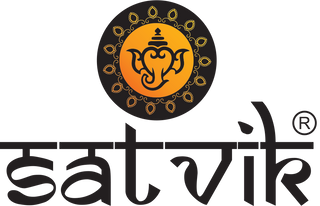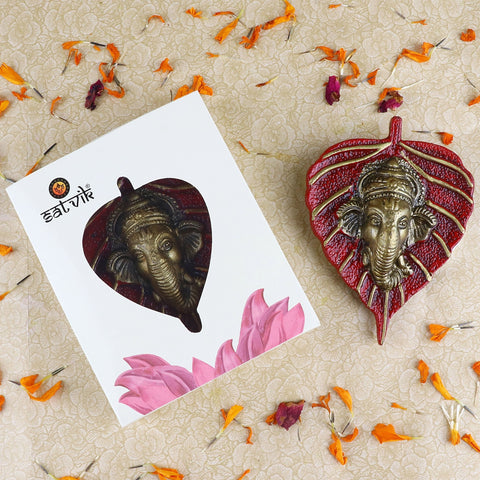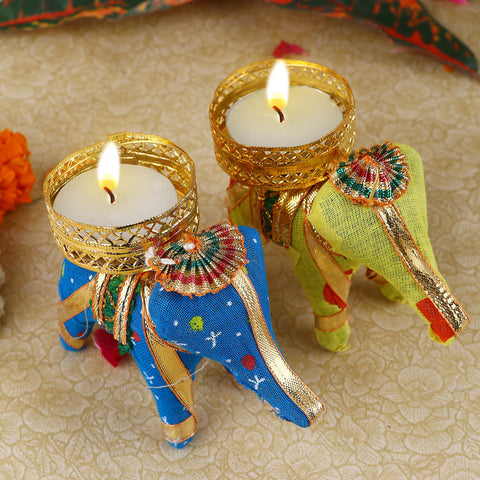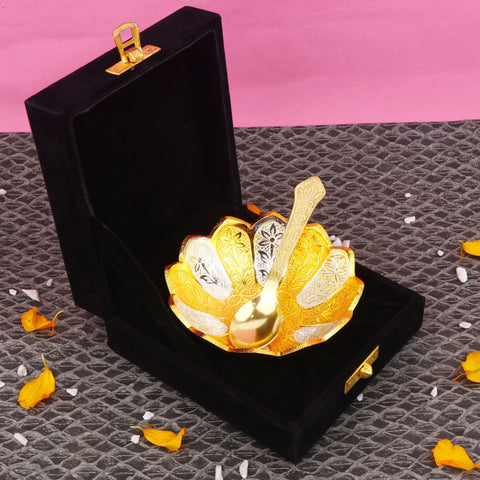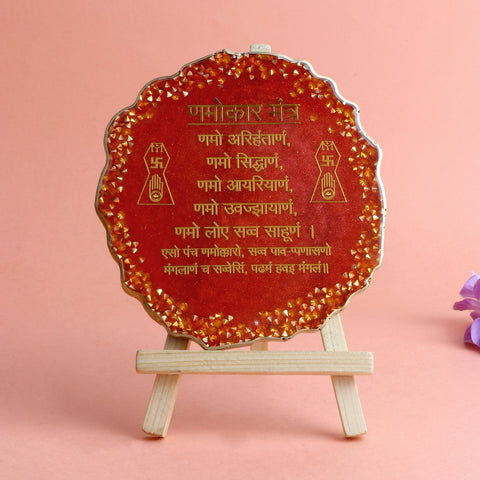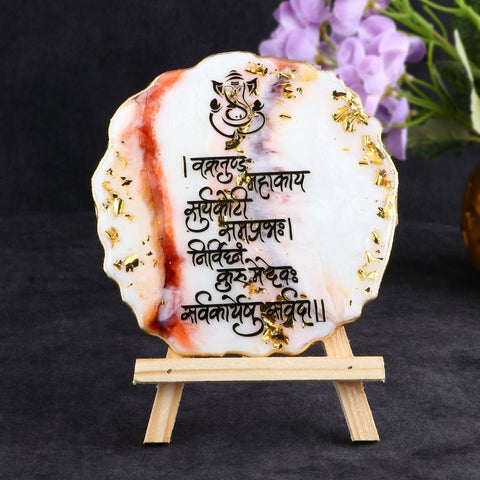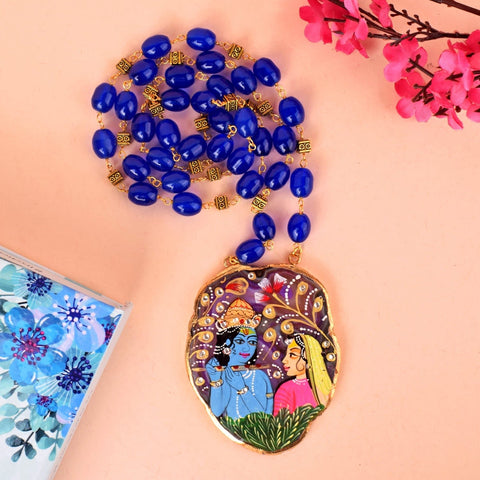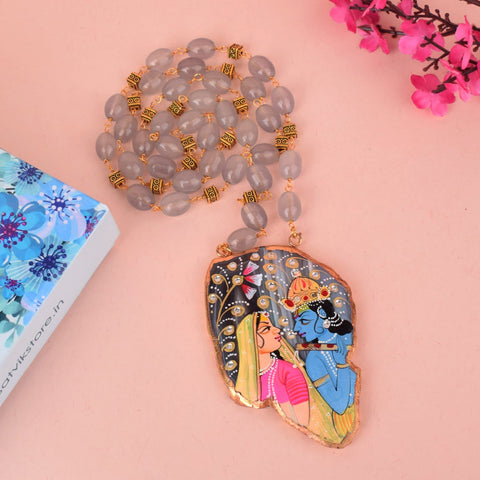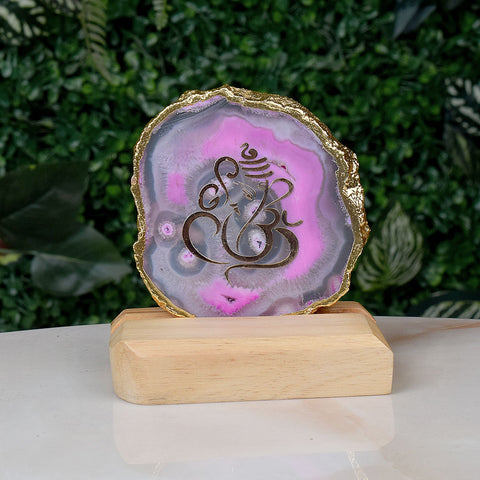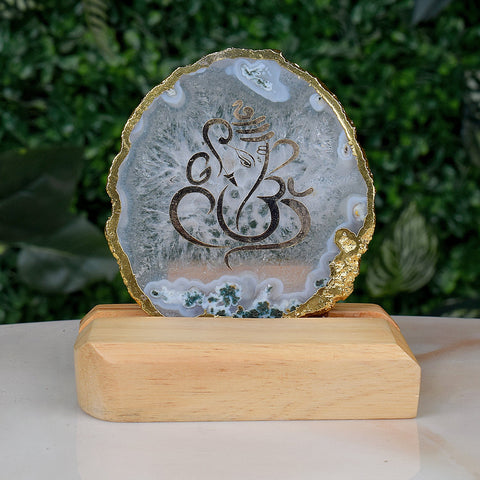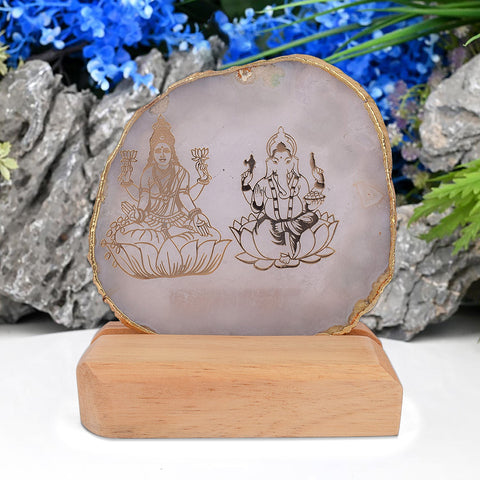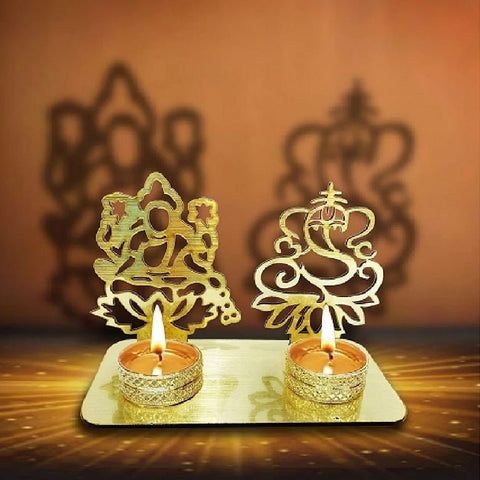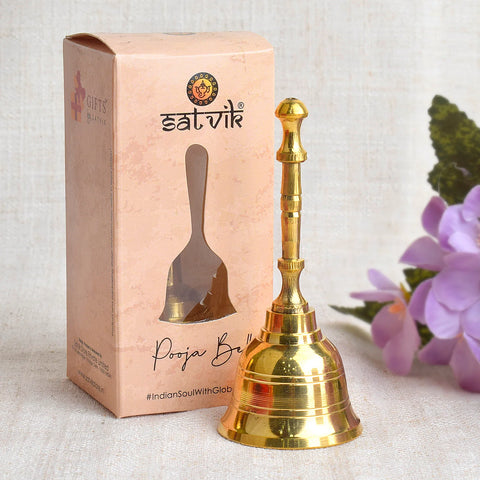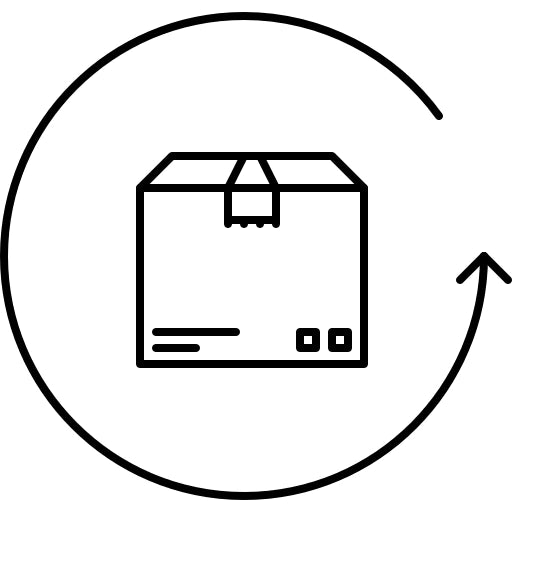The right way to use essential pooja items
Puja, or the act of worship, is a profound way to establish a spiritual connection with the divine. This sacred ceremony involves various rituals, and the key to its success lies in using specific puja essentials, such as the Kalash, incense sticks, puja thali, flowers or garlands, Diya, deity idols, kumkum, and more, all of which can be obtained from the religious store. Each of these items holds deep spiritual and Vedic significance, necessitating adherence to certain rules.
Every element used during a puja is laden with symbolism and purpose. For instance, flowers symbolize inner purity, while fruits or Bhog signify surrender. The burning incense sticks represent our desires, and Diyas represent the light of knowledge. When performing a puja, it's crucial to follow these rules meticulously to harness positive energy and dispel any negative influences.
Here, we explore some essential puja items and how to use them in a puja ceremony:
Kalash: The Kalash symbolizes life, abundance, and wisdom and plays a vital role in puja for its Vedic and spiritual significance. According to mythology, Lord Vishnu brought a Kalash filled with Amrit during the churning of the ocean, which the gods consumed. It is believed that deities reside within the Kalash. To use Kalash for a puja, place the idol and Kalash in the northeast corner of your house or mandir. Fill the Kalash with holy water and establish it with rice. Handcrafted Kalash in various designs can be purchased from Satvikworld.com.
Diya: During worship, two types of Diyas are lit in front of the deity, one using ghee and the other using oil. When using ghee, it is auspicious for the Diya to burn with the flame on the left side. Ensure that you position the Diya on the left side of the deity. When using oil, place the Diya on the right side of the deity, with the flame facing the god. It's essential to use high-quality ghee or oil and arrange the Diyas properly to avoid any disruptions during worship, as it is considered inauspicious if the flame extinguishes.

Puja Thali: The Puja thali is a vital tool for worship. When preparing the Puja thali, choose materials made of brass or silver, as these metals are considered auspicious for worship. Select the size of the thali based on the brass deity statue and the mandir's space. You can decorate the thali to enhance its grace. A well-prepared Puja thali should include five essential items: Bhog (dry fruits or sweets), Haldi or kumkum, Diya, incense sticks or Dhup, rice grains, and flowers or betel leaves. Arrange these items meticulously, with one side of the thali facing the deity and the other facing the worshiper. During Arti, rotate the thali clockwise in front of the deity.
Brass Statue of Deity: To place a brass statue of the deity, ensure that your mandir is clean, with a red or yellow cloth spread at its base. Place a table within the mandir and position the deity on it. The deity's presence is believed to bring positive energy, wealth, health, and prosperity to the home. Therefore, it's crucial to place the Mandir and deity in the east or northeast direction of the house. The worshiper should face east, while the deity faces west within the east or northeast area of the house.
Tilak: Tilak is a significant puja item and should be applied with the ring finger on the third eye, located between the eyes. Different types of Tilaks are applied based on their significance and the individual's nature. Chandan or Sandalwood Tilak is known for its calming effect and is often used for individuals with aggressive personalities. Red Tilak symbolizes warriors, while turmeric represents prosperity. When applying Tilak to the deity or god during the puja, chant mantras or prayers. Avoid applying red kumkum to Lord Shiva, as it signifies aggression; instead, use sandalwood. However, refrain from applying Tilak to the deity of Lord Ganesha.
Incense Sticks: Incense sticks have a rich history and are renowned for their calming and positive effects. When lit, they release fragrances that create a positive atmosphere. To light an incense stick, avoid placing it directly in front of the deity, as this space is reserved. Instead, place it in the right or left corner of the brass deity statue. Use incense stick burners to collect ashes and maintain cleanliness in your puja room.
Bell: Ringing a bell during a puja ceremony, while devotees chant hymns, is considered auspicious. It is believed that ringing the bell brings divine energy and dispels negative energy. Though not mandatory, using a bell during puja or Arti is a meaningful practice. There is no specific hand to use for ringing the bell; either hand is suitable. To find the right bell for your puja, you can search online at Satvikworld.com.
To wrap up - these are some of the essential puja items commonly used in a Mandir or during worship, each requiring specific guidelines for use. By following these tips and practices, you can ensure a smooth and spiritually enriching puja ceremony while warding off negative energies and distractions. Explore our extensive collection of puja items available online at Satvikworld.com to enhance your worship experience.
PUJA ITEMS ONLINE IN USA | PUJA ITEMS ONLINE IN UK | PUJA ITEMS ONLINE IN NEW ZEALAND | PUJA ITEMS ONLINE IN DUBAI | PUJA ITEMS ONLINE IN EUROPE
PUJA ITEMS ONLINE IN UNITED STATES | PUJA ITEMS ONLINE IN AUSTRALIA | PUJA ITEMS ONLINE IN UAE | PUJA ITEMS ONLINE IN SINGAPORE | PUJA ITEMS ONLINE IN LONDON | PUJA ITEMS ONLINE IN CANADA | PUJA ITEMS ONLINE IN MAURITIUS | PUJA ITEMS ONLINE IN EUROPE | PUJA ITEMS ONLINE IN MALAYSIA | PUJA ITEMS ONLINE IN GERMANY
PUJA ITEMS ONLINE IN USA | PUJA ITEMS ONLINE IN UK | PUJA ITEMS ONLINE IN NEW ZEALAND | PUJA ITEMS ONLINE IN DUBAI | PUJA ITEMS ONLINE IN EUROPE
PUJA ITEMS ONLINE IN UNITED STATES | PUJA ITEMS ONLINE IN AUSTRALIA | PUJA ITEMS ONLINE IN UAE | PUJA ITEMS ONLINE IN SINGAPORE | PUJA ITEMS ONLINE IN LONDON | PUJA ITEMS ONLINE IN CANADA | PUJA ITEMS ONLINE IN MAURITIUS | PUJA ITEMS ONLINE IN EUROPE | PUJA ITEMS ONLINE IN MALAYSIA | PUJA ITEMS ONLINE IN GERMANY
